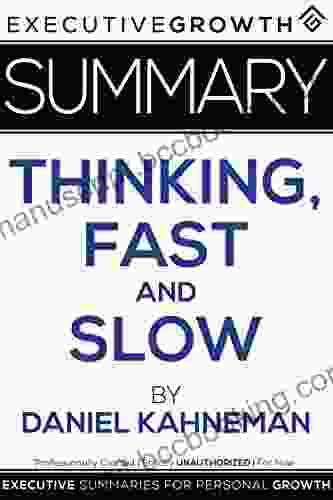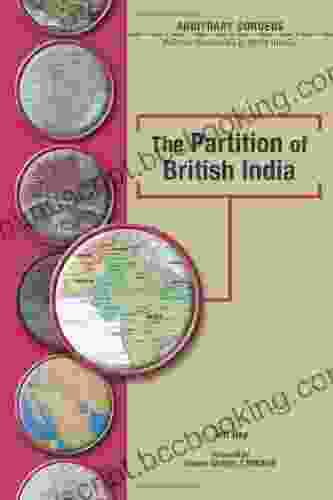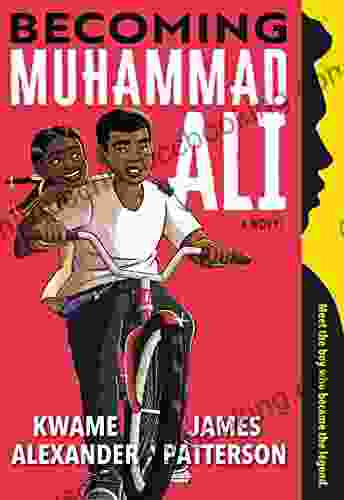Thinking Fast and Slow by Daniel Kahneman: A Comprehensive Summary and Review

Daniel Kahneman's "Thinking Fast and Slow" is a groundbreaking work in psychology that has revolutionized our understanding of human cognition and decision-making. Published in 2011, the book has become a global bestseller, translated into over 40 languages, and awarded the prestigious National Academy of Sciences Best Book Award.
In "Thinking Fast and Slow," Kahneman presents a compelling framework that divides our thinking into two distinct systems:
- System 1: Fast, intuitive, automatic, and largely unconscious.
- System 2: Slow, deliberate, controlled, and consciously effortful.
Kahneman argues that System 1 is responsible for most of our everyday thinking, from making quick decisions to forming judgments to navigating social interactions. It operates based on heuristics, or mental shortcuts, which can often lead to biases and errors. In contrast, System 2 is rarely engaged unless we encounter a cognitively demanding task or need to overcome a conflict between our intuitions.
4 out of 5
| Language | : | English |
| File size | : | 1322 KB |
| Text-to-Speech | : | Enabled |
| Screen Reader | : | Supported |
| Enhanced typesetting | : | Enabled |
| Print length | : | 66 pages |
| Lending | : | Enabled |
System 1: The Fast and Intuitive Mind
System 1 is the autopilot of our minds. It processes information rapidly and effortlessly, allowing us to make quick decisions and respond to our environment. It relies heavily on:
- Heuristics: Mental shortcuts that reduce the cognitive load of decision-making.
- Confirmation bias: The tendency to seek out information that confirms our existing beliefs.
- Hindsight bias: The illusion that we could have predicted an event after it has already occurred.
System 1 is also influenced by our emotions, social norms, and past experiences. It can be useful in situations where quick decisions are necessary, but it can also lead to errors due to its reliance on heuristics and biases.
System 2: The Slow and Deliberate Mind
System 2 is the rational, logical, and analytical part of our thinking. It is responsible for complex problem-solving, decision-making under uncertainty, and controlling our impulses. System 2 is:
- Slow and effortful: It requires conscious attention and mental resources.
- Deliberate: It involves weighing different options and considering potential consequences.
- Rational: It attempts to make decisions based on objective criteria and logical reasoning.
System 2 is ideal for making important decisions or solving complex problems, but it can be slow and demanding. It is also prone to biases, such as overconfidence and framing effects.
The Interaction between System 1 and System 2
System 1 and System 2 work together in a dynamic interplay. System 1 typically operates automatically, but it can call on System 2 for assistance when it encounters a difficult task or faces a conflict between its intuitions. For example, when we are making a quick decision, System 1 may suggest an option based on a heuristic, but System 2 can step in to override the intuition if it detects a potential flaw.
The interaction between System 1 and System 2 is crucial for effective decision-making. When System 1 operates smoothly and System 2 is engaged when necessary, we can make wise choices and avoid cognitive biases.
Implications and Applications
"Thinking Fast and Slow" has profound implications for our understanding of human behavior, decision-making, and social policy. Some of its key applications include:
- Enhancing decision-making: By understanding the strengths and limitations of System 1 and System 2, we can make better decisions in both personal and professional life.
- Mitigating cognitive biases: By being aware of the cognitive biases that System 1 is prone to, we can take steps to reduce their impact on our decisions.
- Improving communication: By understanding how System 1 and System 2 process information differently, we can communicate more effectively with others.
- **Design
4 out of 5
| Language | : | English |
| File size | : | 1322 KB |
| Text-to-Speech | : | Enabled |
| Screen Reader | : | Supported |
| Enhanced typesetting | : | Enabled |
| Print length | : | 66 pages |
| Lending | : | Enabled |
Do you want to contribute by writing guest posts on this blog?
Please contact us and send us a resume of previous articles that you have written.
 Book
Book Novel
Novel Page
Page Chapter
Chapter Text
Text Story
Story Genre
Genre Reader
Reader Library
Library Paperback
Paperback E-book
E-book Magazine
Magazine Newspaper
Newspaper Paragraph
Paragraph Sentence
Sentence Bookmark
Bookmark Shelf
Shelf Glossary
Glossary Bibliography
Bibliography Foreword
Foreword Preface
Preface Synopsis
Synopsis Annotation
Annotation Footnote
Footnote Manuscript
Manuscript Scroll
Scroll Codex
Codex Tome
Tome Bestseller
Bestseller Classics
Classics Library card
Library card Narrative
Narrative Biography
Biography Autobiography
Autobiography Memoir
Memoir Reference
Reference Encyclopedia
Encyclopedia Gare Thompson
Gare Thompson Eusebius
Eusebius Eugene Raikhel
Eugene Raikhel H P Albarelli Jr
H P Albarelli Jr Flo Perry
Flo Perry Keiko Kasza
Keiko Kasza Peter Hanson
Peter Hanson Mark Pendergrast
Mark Pendergrast Euston Quah
Euston Quah Susie Kalil
Susie Kalil Faithann Y Brown
Faithann Y Brown Rex Allen Jones Ii
Rex Allen Jones Ii Rox Burkey
Rox Burkey Si Robertson
Si Robertson Milo Stewart
Milo Stewart Naoshi Komi
Naoshi Komi Yossi Klein Halevi
Yossi Klein Halevi Nathan Halberstadt
Nathan Halberstadt Ruben Gallego
Ruben Gallego Felicie Williams
Felicie Williams
Light bulbAdvertise smarter! Our strategic ad space ensures maximum exposure. Reserve your spot today!
 Tom ClancyFollow ·15.2k
Tom ClancyFollow ·15.2k Jack LondonFollow ·19.1k
Jack LondonFollow ·19.1k Ian MitchellFollow ·2.5k
Ian MitchellFollow ·2.5k Nick TurnerFollow ·11.4k
Nick TurnerFollow ·11.4k J.R.R. TolkienFollow ·5.8k
J.R.R. TolkienFollow ·5.8k Todd TurnerFollow ·11.5k
Todd TurnerFollow ·11.5k Ernesto SabatoFollow ·12.9k
Ernesto SabatoFollow ·12.9k Dan HendersonFollow ·3.7k
Dan HendersonFollow ·3.7k

 W.H. Auden
W.H. AudenStep into a World of Thrilling Deception: Don Blink by...
Unveiling the Masterpiece of Suspense:...

 Jaylen Mitchell
Jaylen MitchellUnleash Your Creativity with "This Easy Origami": A...
: Embark on an Enchanting Voyage into the...

 Vladimir Nabokov
Vladimir NabokovEmpowering Home Births: A Comprehensive Guide for Fathers...
An In-Depth Exploration of Paternal...

 Juan Rulfo
Juan RulfoThe Maya Exodus: Indigenous Struggle for Citizenship in...
The Maya Exodus: Indigenous Struggle for...

 Julio Ramón Ribeyro
Julio Ramón RibeyroKana Made Easy: Dive into Japanese the Fun and Effortless...
Unveiling the Secrets...
4 out of 5
| Language | : | English |
| File size | : | 1322 KB |
| Text-to-Speech | : | Enabled |
| Screen Reader | : | Supported |
| Enhanced typesetting | : | Enabled |
| Print length | : | 66 pages |
| Lending | : | Enabled |














